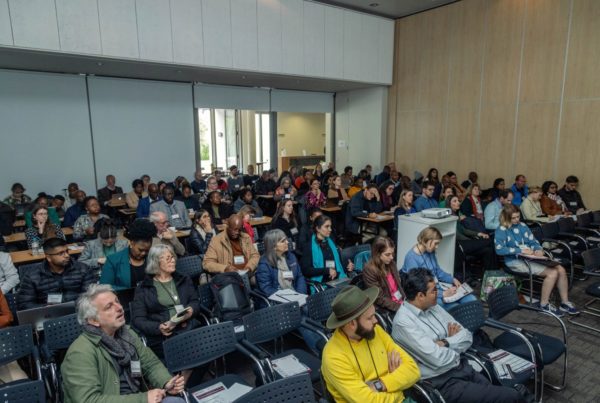PhD Thesis
Candidate: Maria Albertina Kirsten
Supervisor: Professor Servaas van der Berg
Co-supervisor: Professor Andrie Schoombee
Institution: Stellenbosch University, Faculty of Economic and Management Sciences, Department of Economics
Abstract:
Poverty in South Africa’s rural areas is complex and severe, especially among female-headed households. The marginalisation of South Africa’s rural areas over a period of decades resulted in an acute lack of economic opportunities, limited infrastructure and a serious breakdown of social capital. Women living in rural areas are particularly poor in moneymetric terms; they are often illiterate and therefore isolated from economic and social opportunities; and many fall victim to violence in the household. They eke out a meagre existence, based on small-scale agriculture, marginal self-employment or limited wage and remittance income. While such income diversification, combined with the government’s range of development interventions, helps to buffer them against risks such as illness, death and disaster, rural poverty is not just a matter of income and assets. It is also rooted in other disadvantages, such as exclusion, disempowerment and unequal power relations. These all contribute to making poverty a multidimensional phenomenon.
The South African government has committed significant resources to poverty intervention over the past 17 years. These interventions, which include social assistance grants, basic municipal services and free water, electricity, schooling and health services, certainly have an impact on the livelihoods of the rural poor, but they do not seem to bring a significant improvement in the standard of living of the most vulnerable people in marginalised areas. There is increasing recognition in the poverty literature that vulnerabilities – of income, health, social exclusion and service delivery – are linked, and that support programmes should focus not only on increasing the poor’s access to resources and assets but also on empowering individuals to use these assets and make decisions.
This study investigates the potential of microfinance to address the overlapping vulnerabilities experienced by women in South Africa’s rural areas. It suggests that microfinance has the potential to generate positive shifts in selected indicators of empowerment and well-being among participating women in rural areas. These claims are tested by evaluating data gathered among clients of the Small Enterprise Foundation (SEF) against a conceptual framework. The framework offers a stepwise progression away from vulnerability: acquiring internal skills (empowerment), strengthening social capital, accumulating assets and, eventually, transforming these assets into wealth.
Existing datasets, gathered over a period of five years in rural Limpopo and representing both a group that received microfinance from SEF and a control group, were examined. No evidence could be found that the recipients of SEF’s microfinance experienced increased empowerment, but the results did provide evidence that belonging to the group that received microfinance increased the likelihood of experiencing livelihood security and well-being. The findings show that microfinance can, even over the short term, make a difference in people’s ability to smooth their consumption and, as such, provide them with more secure livelihoods. The research also suggests that microfinance assists women in rural areas in constructing and maintaining a portfolio of assets, thus improving well-being among the recipients of microfinance.
The scope of the study was confined to measuring the effect of microfinance on selected poverty indicators, and it did not attempt to prove that microfinance alleviates poverty. As such, the research demonstrates that the government’s efforts to reduce rural poverty can be complemented by micro-level interventions such as access to finance.
DOWNLOAD PDF





